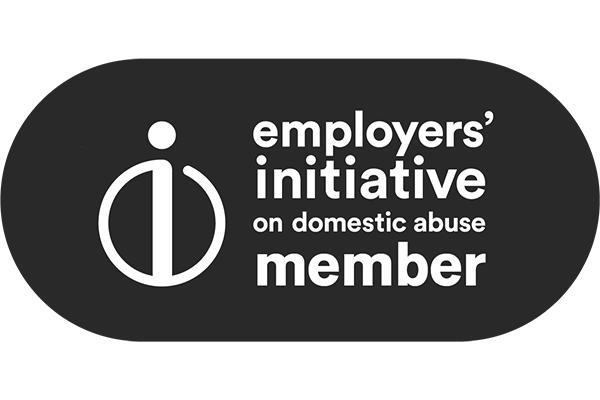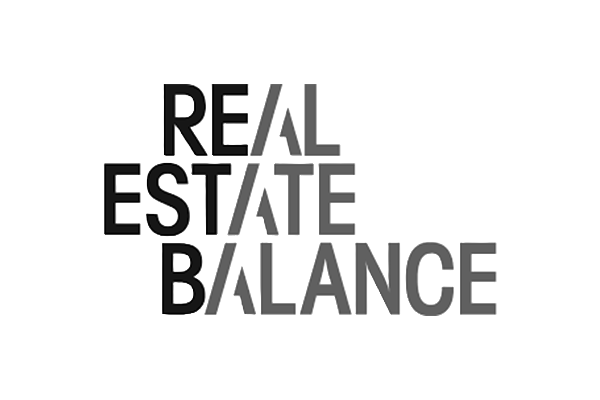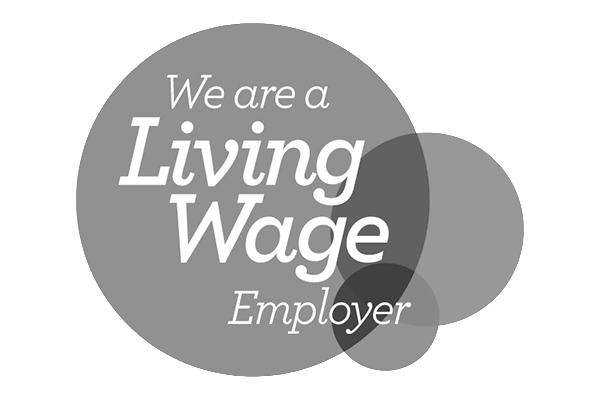
Contributors: Gillian Carty
Date published: 5 May 2020
How to resolve disputes with business partners
Recent events have put a strain on my relationship with my business partners and we are not in agreement as to the way forward. What are my legal options?
Like any relationship, external pressures, concerns about finances and a lack of clear direction for the future can lead to disagreements. Trying to reach a consensus through dialogue is often the best route to a resolution but if that is not possible legal action may have to be considered. Before rushing off to court it is worth considering mediation as a means of alternative dispute resolution. In a mediation, parties will be legally represented and the mediator acts as an independent third party seeking to help negotiate a resolution of the issues in dispute. Mediation typically has the benefit of being cheaper and quicker than court proceedings.
Understanding the alternatives, the legal remedies available and whether these are likely to be upheld by a court is at the heart of resolving the dispute, whether through mediation or litigation. The legal remedies available in a business dispute will often depend on the nature of the legal relationships between the parties.
Can I dissolve a partnership?
In both traditional and limited liability partnerships, the legal relationships will be governed by the terms of the partnership agreement entered into by the partners. If there is no partnership agreement, the general law will apply. Removal of one partner from the partnership is only permitted where this is expressly provided for in the partnership agreement even if this is the wish of the majority of the partners.
Where the partnership agreement does provide for removal/expulsion, it will also likely set out the process to be followed to remove a partner, the level of compensation to be paid on removal and the term over which that compensation is to be paid.
If the removal is to be justified on the basis of breaches of the partnership agreement by one partner, it is essential to ensure that the process set out in the agreement is adhered to and is also fair. That could involve giving the partner to be removed the opportunity to explain or justify their actions. Getting the process wrong will invalidate the attempt at removal and may also give rise to a potential claim in damages against the partnership, which may only put further financial and personal strain on the relationships.
Under the general law, a partnership can be dissolved by one party giving written notice of the intention to dissolve the partnership to the other partners. Typically, where the partners have entered into a written partnership agreement, this will provide that unilateral notice is not sufficient and will allow for termination of the partnership only after a vote among the partners. The threshold for that vote can be a simple majority or higher – a 75% majority in larger partnerships is not uncommon. A partner who wishes to dissolve a partnership but who is unable to secure the necessary majority can apply to the court for a dissolution order but only on limited grounds:
- where a partner is of unsound mind (Scotland only);
- where a partner is permanently incapable of performing their partnership duties;
- when the court is satisfied that the conduct of one or more partners has prejudicially affected the carrying on of the partnership business;
- wilful or persistent breaches of the partnership agreement by one partner or conduct by one partner which makes it no longer reasonably practicable for the remaining partners to carry on the partnership business with that individual;
- where the partnership business can only be carried on at a loss; or
- when the court is satisfied that it is just and equitable that the partnership be dissolved.
Maintaining records and gathering evidence
If an application is to be made to the court to seek an order for dissolution, it is important that there is an accurate and detailed record of the conduct giving rise to the application. Witness evidence will be important if the matter is contested and needs to be resolved at a hearing, but contemporaneous evidence of the conduct will also be important. This could include records of partnership meetings or letters issued at the time setting out matters of concern. If partners are concerned that matters may not be capable of being resolved by agreement and think that court action may be necessary, it may be worth taking advice to ensure that matters are properly recorded and meetings are conducted fairly and in accordance with the partnership agreement so that this can later be relied upon in evidence.
After a partnership has been dissolved, the partnership business cannot generally be continued and the partners’ sole role is to wind up the affairs of the partnership and to realise and distribute the assets of the partnership to the partners once the partnership’s debts and other liabilities have been settled. Continuing to use partnership assets after dissolution may again give rise to claims by the partnership against the partner or partners using the partnership’s assets.
Can shareholders remove a company director?
Where the business is carried on by a company, the company’s articles will set out the legal rights and obligations of shareholders to one another. The directors’ duties are to act in the best interests of the company and, so long as the company is solvent, that duty is to act in the interests of the company’s shareholders as a whole. The directors as a board have no power to remove another director from office unless that power is specifically included in the company’s articles. Even where a specific power is given, care must be taken to ensure that the exercise of that power does not give rise to any challenge on grounds of discrimination or any other challenge under employment law.
Shareholders have the power to remove a director but only by way of an ordinary resolution passed by a simple majority of the shareholders at a meeting held for that purpose. Special notice of this meeting must be given and it is important to ensure that all formalities are properly complied with to ensure that any vote passed is effective. This statutory right of the shareholders to remove a director by way of a vote overrides any alternative provisions in the company’s articles but if the director has rights under a service contract to compensation for loss of office that compensation still has to be paid.
Where certain shareholders are acting in a manner that is unfairly prejudicial to the interests of other shareholders, it may be possible to challenge that conduct by way of an application to court based on alleged unfair prejudice. In a successful case, the court has a broad discretion on the remedies that can be granted to provide relief for the shareholders whose interests have been prejudiced, which could include granting orders to prevent the shareholder from acting in a particular manner or to require the buyout of the shares held by shareholders who have been prejudiced by the behaviour in question. Such actions can be complex and expensive, particularly where parties are not in agreement as to the mechanism to value shares or the date on which the shares are to be valued should a buyout order be granted.
Resolving joint venture disputes
Joint venture arrangements are common where the parties have come together to exploit a particular business opportunity and have formed a separate company for that purpose. Where there are only two directors and two shareholders and no separate agreement has been entered into this can lead to issues of deadlock as one director/shareholder cannot remove the other from the company.
To provide some protection against this an agreement can be entered into by the two shareholders and this would be the starting point to understand the obligations, rights and remedies of the parties in the event of a dispute. Joint venture or shareholder agreements, if professionally drafted, will often contain certain provisions aimed at resolving disputes. For example, the agreement will generally include deadlock provisions which apply when the directors cannot reach agreement or where one party exercises a right of veto. This can often require parties to resolve disputes by referring the matter to an independent third party who can be required to act as a mediator, an expert or an arbiter – and may require one party to transfer its shares to another in certain circumstances.
Liquidation – a last resort
The ultimate remedy a shareholder has is to seek to wind up the company and appoint a liquidator. Although liquidation is usually only contemplated where a company is insolvent, this remedy can also be used in circumstances where the court can be persuaded that it is “just and equitable” that the company be wound up. This is, however, very much a last resort and, as with the equivalent process for dissolution of a partnership, the outcome of liquidation will be a cessation of all trade.
Once appointed, the role of a liquidator is to realise the company’s assets and return any remaining capital to the shareholders, but only once the company’s debts and liabilities have been settled and the costs of the liquidation have been met. As well as the additional costs, in a liquidation assets are generally realised at a lower value than if they were sold on a going concern basis, resulting in a loss of value for shareholders and often a significantly reduced return on their investment.
Should you require support or advice in relation to any of the issues set out in this article or dispute resolution more generally, please get in touch with Gillian Carty or your usual Shepherd and Wedderburn contact.
Contributors:
Gillian Carty
Partner and Chair
To find out more contact us here
Expertise: Alternative Dispute Resolution (ADR), Shareholder Disputes
Sectors: Family Business and Wealth





















